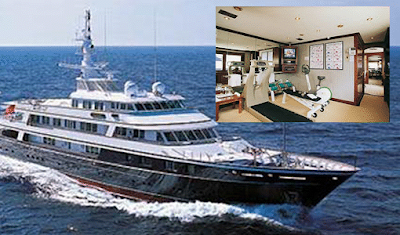Tuesday, February 23, 2010
Cracking the Code of Words
The number of words your first grader can read and spell increases dramatically during this year. Children can achieve this through lots of practice, at school and at home. Through talking with adults, listening to books read aloud, and discussing everyday experiences, they continue to develop the language skills that help them learn to read and write. Most importantly, your first grader starts to "crack the code" of written language, as he sounds out words, learns to identify them, and understands their meaning.
First graders develop the tools for reading the printed word. They learn to recognize many common words by sight, and they develop strategies for "decoding," or figuring out, words as they read. By the end of the year, most first graders are able to read easy books all by themselves. Writing daily helps your first grader learn to read by reinforcing the relationships between sounds and letters. At the same time, through talking and listening, she continues to develop new vocabulary and knowledge about the world that will help her understand what she reads.
First graders spend a large part of their day at school reading and writing. However, parents still have a huge effect on a child's literacy development. When you talk to your first grader about new words, listen to her read books aloud, and communicate with her teacher on a regular basis, you take simple but important steps in supporting her reading and writing. Learn more ways you can encourage and inspire your first grader as she learns to read and write.
related articles:
Children Grow And Develop
Childrens Determination
Child Development For Parents
Developing Perceptual And Thinking
Infants Pays Close Attention To Language
recommended articles prev(s)1 2 3 4 5 6 7 8 9 10 11 12 13 14 back
Philippines Light Rail Transit Public Transportation
The Manila Light Rail Transit System (Filipino: Sistema ng Magaan na Riles Panlulan ng Maynila),[citation needed] popularly known as the LRT, is a metropolitan rail system serving the Metro Manila area in the Philippines. Its twenty-nine stations over 28.8 kilometers (17.9 mi) of mostly elevated track form two lines. LRT Line 1, also called the Yellow Line, opened in 1984 and travels a north–south route. LRT Line 2, the Purple Line, was completed in 2004 and runs east–west.
The LRT is operated by the Light Rail Transit Authority (LRTA), a government-owned and controlled corporation under the authority of the Department of Transportation and Communications (DOTC). Along with the Manila Metro Rail Transit System (MRT, also called the Blue Line), and the Philippine National Railways (PNR), the LRT is part of Metro Manila's rail transportation infrastructure known as the Strong Republic Transit System (SRTS)
Stations
 The People Power Revolution was a series of nonviolent and prayerful mass street demonstrations in the Philippines that occurred in 1986. It was the inspiration for subsequent non-violent demonstrations around the world including those that ended the communist dictatorships of Eastern Europe.
The People Power Revolution was a series of nonviolent and prayerful mass street demonstrations in the Philippines that occurred in 1986. It was the inspiration for subsequent non-violent demonstrations around the world including those that ended the communist dictatorships of Eastern Europe.

 In 1990, it was voted by the BMW Tropical Beach Handbook as one of the best beaches in the world
In 1990, it was voted by the BMW Tropical Beach Handbook as one of the best beaches in the world
 Barasoain Church (also known as Our Lady of Mt. Carmel Parish) is a Roman Catholic church built in 1630 in Malolos City, Bulacan.
Barasoain Church (also known as Our Lady of Mt. Carmel Parish) is a Roman Catholic church built in 1630 in Malolos City, Bulacan.
 Laguna de Bay (Filipino: Lawa ng Bay; English: Laguna de Bay is the largest lake in the Philippines and the third largest freshwater lake in Southeast Asia
Laguna de Bay (Filipino: Lawa ng Bay; English: Laguna de Bay is the largest lake in the Philippines and the third largest freshwater lake in Southeast Asia
 Malacañan Palace, is the official residence of the President of the Philippines.
Malacañan Palace, is the official residence of the President of the Philippines.






















 >
>




















































No comments:
Post a Comment